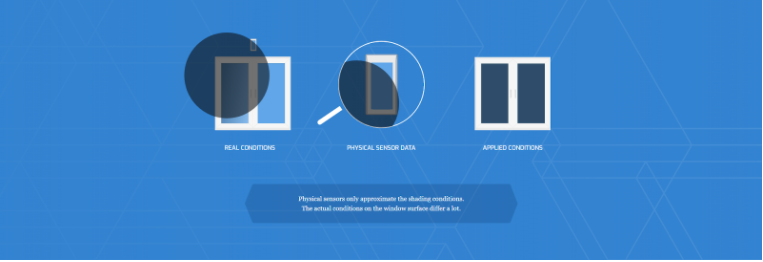Since our time on this Earth began, we have sought to construct comfortable spaces for ourselves and those around us. We’ve come a long way from the primitive shelters we were once limited to, with modern buildings representing a culmination of thousands of years of human advancement. Buildings today are complex concatenations of structures, systems and technology. Every aspect of these structures has improved over the years, allowing modern-day building owners to select lighting, security, heating, ventilation and air conditioning systems independently, as if they were putting together a home entertainment system. Leaftech is hoping to improve upon these advancements even more with its shading automation technology.
The Role of Smart Buildings in Combating Climate Change
Building owners today are beginning to look beyond their four walls and consider the impact they have on the electrical grid and the planet at large. Climate change is quickly transforming our world and we all must play a part if we are to sustain our way of life. Therefore, as landlords and offices etc. consider their place in the global environment, they need to set certain objectives for themselves. To meet these objectives, it is not enough for a building to simply contain the systems that provide comfort, light and safety. Buildings of the future must connect the various pieces in an integrated, dynamic and functional way. This vision is a building that seamlessly fulfills its mission while minimizing energy cost, supporting a robust electric grid and mitigating environmental impact. A smart building, if you will.
Smart buildings use information technology during operation to connect a variety of subsystems, which typically operate independently, so that these systems can share information to optimise total building performance. They are connected and responsive to the smart power grid, and they interact with building operators and occupants to empower them with new levels of visibility and actionable information. By making this shift, smart building owners have even greater control over how they contribute to building a more sustainable approach to the challenges facing our planet. LeafTech is part of this smart building family and its simple solution can make a dramatic impact.
LeafTech – A Modern Solution for Modern Buildings
In its own words, LeafTech provides “the future of shading automation for smart buildings.” With the use of virtual sensor technology, LeafTech can automate shading across buildings. Current physical sensors which are attached to the facade of buildings have various limitations. A minimal viable monitoring system requires at least one sensor per window. These sensors are costly to purchase, install and to maintain. Additionally, installing a multitude of sensors on the outside of a building can negatively impact its aesthetics. Even budget expenditure cannot overcome hardware shortcomings. To highlight the inefficiency of traditional modern sensors, take a look at the image below. It demonstrates how traditional sensors operate when sunlight hits a particular window.

With this approach, energy consumption is increased. The solution that LeafTech provides looks a little more like this.

Utilising this approach, smart building owners can anticipate increased room comfort and productivity, optimal use of natural sunlight, a reduction in AC-Load and heating costs, energy consumption and maintenance required. LeafTech’s solution also provides improvements to facade aesthetics, increased monitoring options, plus an entire control system that allows for a more tailored approach depending on the individual plus an increase to efficiency.
With this startup’s virtual sensor technology installed, users can also measure various parameters in real-time. This includes solar radiation, light intensity, shading requirements and energy balance. Boasting seamless plug and play integration, users can also access their data as a web service (RESTful‑API providing json or xml), enabling them to have full control over their building’s shading automation from wherever they are.


